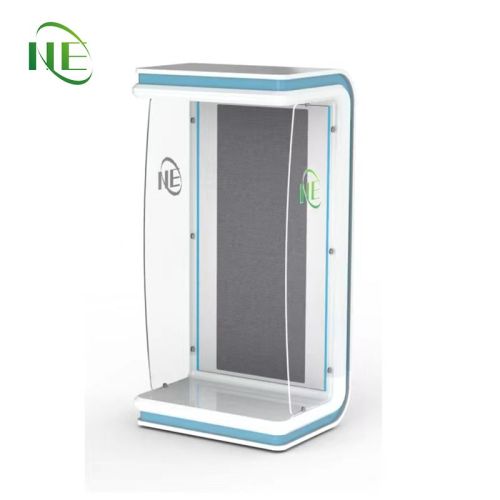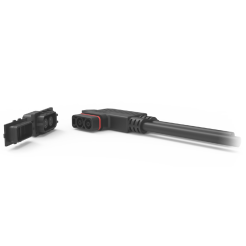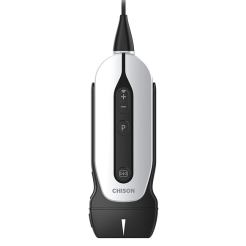I-131 Radiotherapy
Product Description
https://www.radsafetech.com/productstags/i-131-radiotherapy.html
Iodine-131 (I-131) is a radioactive substance produced in nuclear reactors that provides the medical isotope for nuclear medicine procedures. At high therapeutic doses, radioisotopes can be injected intravenously to effectively penetrate and destroy tumor tissue through localized radiation. Your healthcare provider will take steps to protect your thyroid from medication. Radioactive isotopes also release gamma particles, which can be captured by specialized gamma cameras during a molecular imaging process called scintigraphy. I-131 can be combined with molecular compounds to further personalize treatment and isolate radiotherapy to specific cells and their physiological functions.
I-131 radiation therapy is a treatment for hyperthyroidism and thyroid cancer. For thyroid cancer, I-131 radiation therapy is usually given after thyroid removal surgery to destroy any remaining cancerous or healthy thyroid tissue.
In I-131 radiation therapy, the radioactive substance used is radioactive iodine I-131. Patients swallow radioactive iodine in liquid or pill form. I-131 accumulates and destroys thyroid cancer cells.
Advantages of I-131 high-dose radiotherapy
Because I-131 radiation therapy improves survival rates for patients with differentiated thyroid cancer that has spread to the neck or other areas, it is now the standard treatment for such cases.
I-131 Radiation Therapy Patient Guide
After treatment, small amounts of radioactive iodine can remain in the body for up to three months. Most radioactive iodine is eliminated from the body primarily through urine within the first week after treatment. Very small amounts are excreted through saliva, sweat, and bowel movements. Therefore, patients must follow certain precautions to minimize radiation exposure to others.
First 8 hours after treatment:
Drink a glass of water every hour and go to the bathroom as soon as you need to empty your bladder. Men should sit on the toilet to reduce splashing. Wipe urine from the toilet with a paper towel and flush. handwashing.
Stay at least 3 feet away from everyone. You should drive home alone, but if this is not possible, keep as much distance as possible from other people in the car. You should not use public transport.








